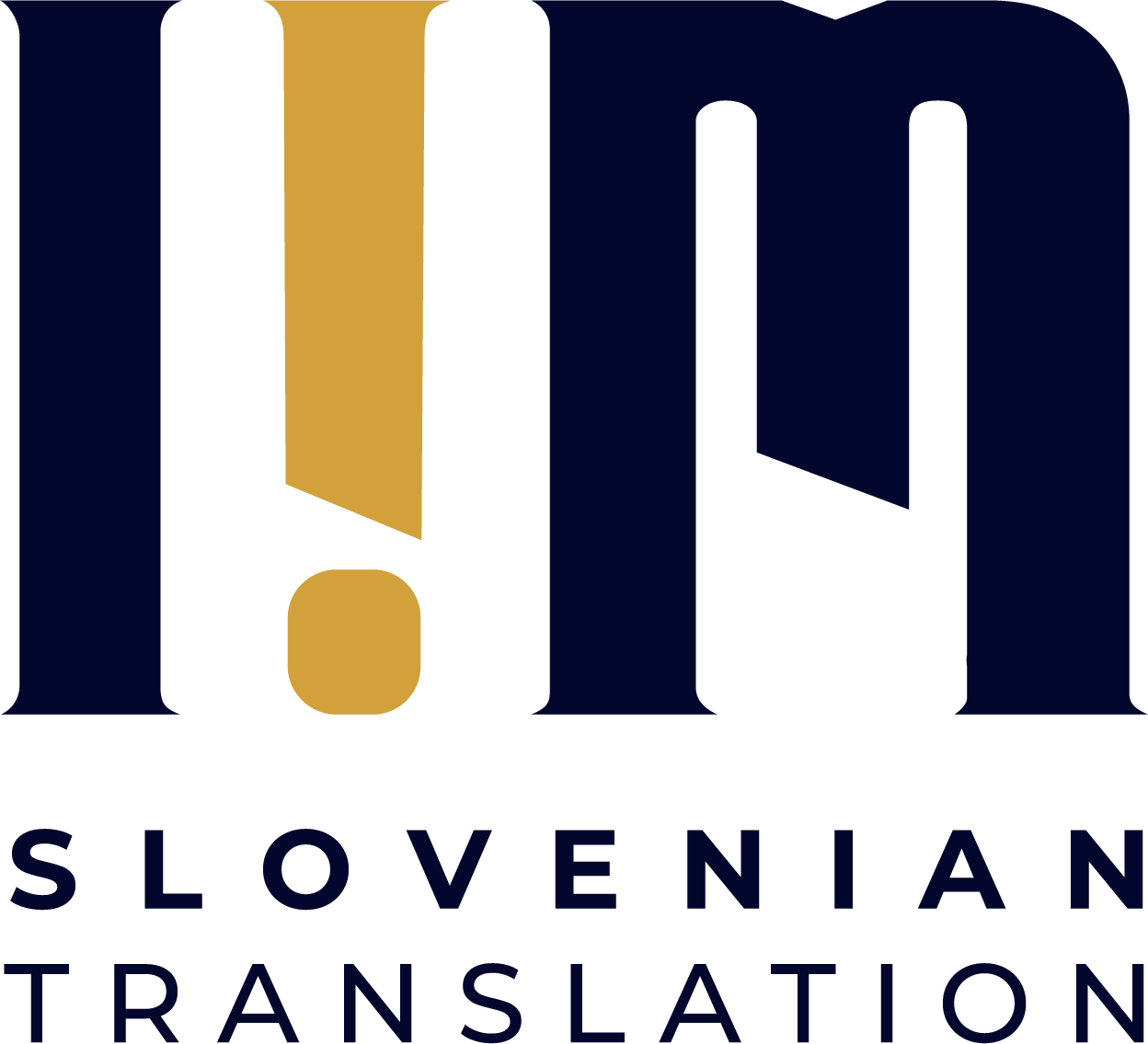This year’s big treat was the presence of France’s Cultural minister Frederic Mitterrand. A big fan of photography he highlighted African photography’s present status: No longer emerging it is now intergrated in the international cultural scene. Indeed, this year’s Paris Photo is highlighting African photography.
This African photography Biennale is a welcomed event in Bamako, the capital of Mali which has been suffering badly from a severe drop in tourism during the last two years. Following the kidnapping of French reporters in the Maghreb in 2009 , France declared the region unsafe to visit. So what a relief for the Malians to see the flights from Paris full of potential buyers of all kinds of Malian goods. For sure we looked at photographs most of the time but we did shop or let’s just say it was impossible not to buy. Lots of insistent and desperate sellers of fabrics,necklaces, and other ebonyflirt goodies. This year there was a specially strong presence from the museum world. Of note Elsie McCabe, director of the Museum for African Art, Elisa LaGamma, curator of African Art at the Metropolitan Museum, Christa Clarke, curator of Arts of Africa and the Americas at the Newark museum, Sandra Phillips, Curator of Photography at the SFMOMA, and Karen Greenberg from the Tate Modern were all attentively studying the photographic displays, meeting artists and taking in Bamako’s cultural scene.
The Bamako Encounters opened with a formal ceremony which combined Malian music and traditional dances and formal speeches
The museum and its park are a peaceful haven removed from a chaotic Bamako which is this year overrun by sheep in preparation of Mali’s biggest holiday ( Tabaski) when each family sacrifices a sheep. Can you imagine how many sheep that makes? It was quite a site! In fact this museum, whose architecture was inspired by traditional Malian designs with a modernist twist is considered the best of West Africa. Beyond the main Pan African photographic exhibition, photographic displays are skillfully woven into the permanent exhibitions of ancient textiles and ritual objects and spill over into the beautifully landscaped national Park ( Parc National du Mali). The latter and a new quite elegant restaurant, which are the result of a joint venture between the government of Mali and the Aga Khan Trust for Culture, are new additions to the previous 2009 Biennale. In fact it is so amazingly nice that one seems to forget that not 5 minutes away lies another Bamako: noisy, dusty, chaotic,and poor but also wonderfully colorful.
The Mali National Museum (The Musee National du Mali) is the main venue with a few other satellite spaces scattered around Bamako
The curators, Michket Krifa and Laura Serani have chosen this year’s theme to be: ? For a sustainable world?. The good news is this year’s broad selection of artists, of which many are not the top names in the field, and more venues throughout Bamako with monographic showings. Of the most internationally well known only Pieter Hugo and David Goldblatt are included. This is a great opportunity for discoveries, discussions with artists and a greater understanding of African photographers’ concerns today. But mostly it is a meeting place and an opportunity for artists to meet, to have their work reviewed and critiqued, to get challenged and to learn. Workshops are also set up with more established photographers. For instance artist Pieter Hugo taught a master class to local students. School tours are organized for local kids who rarely have an opportunity to see photographs first hand as printing is so expensive.

